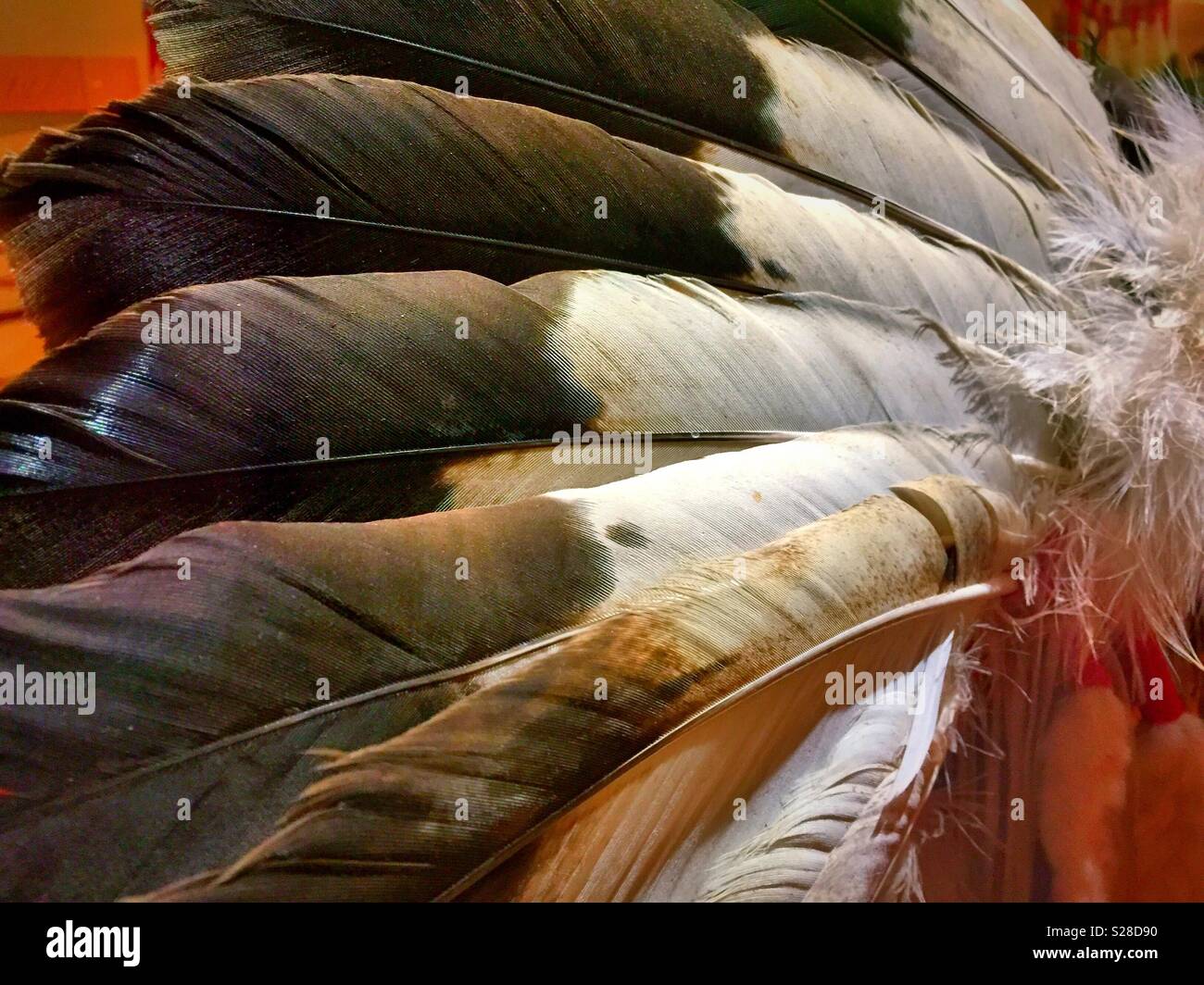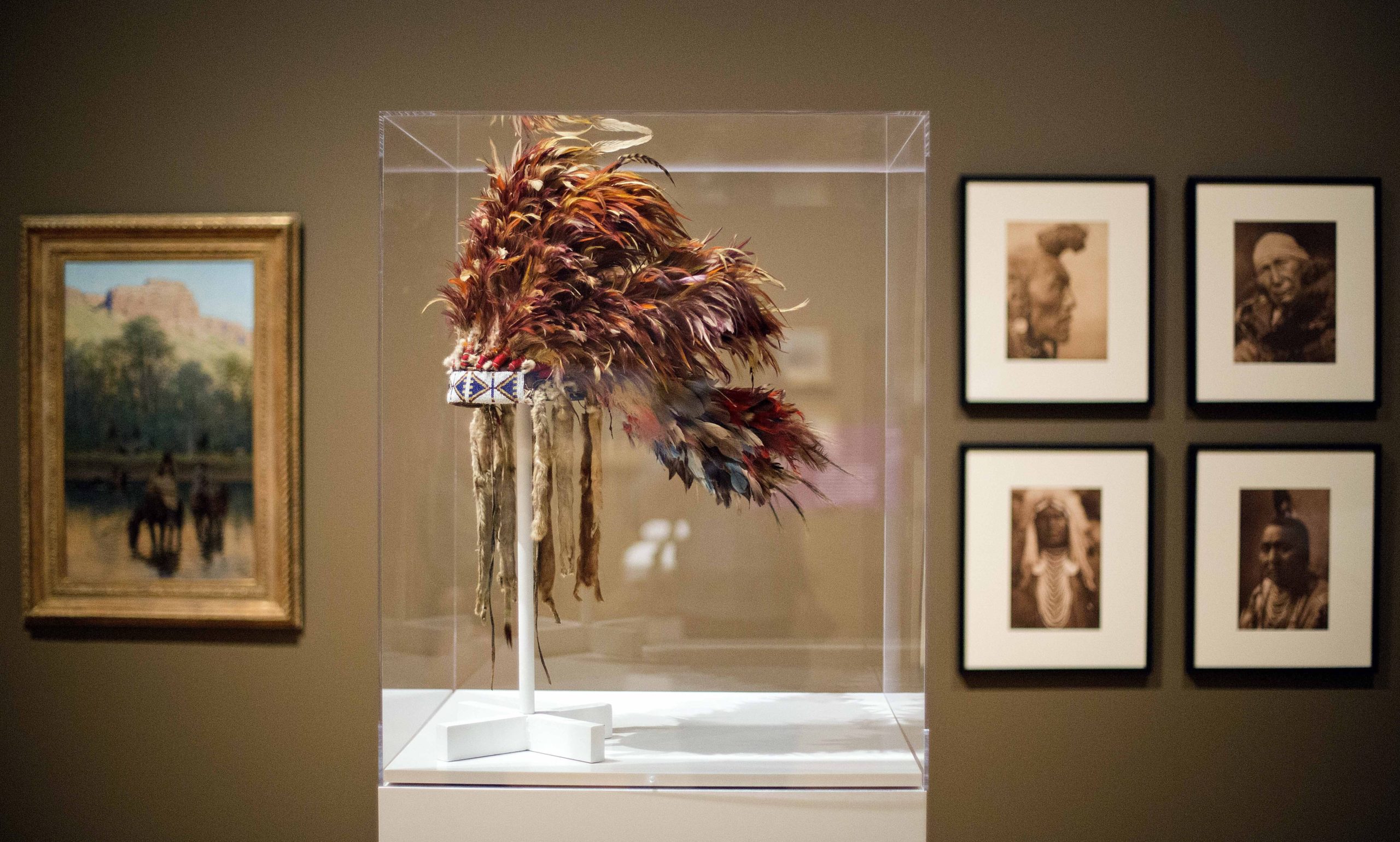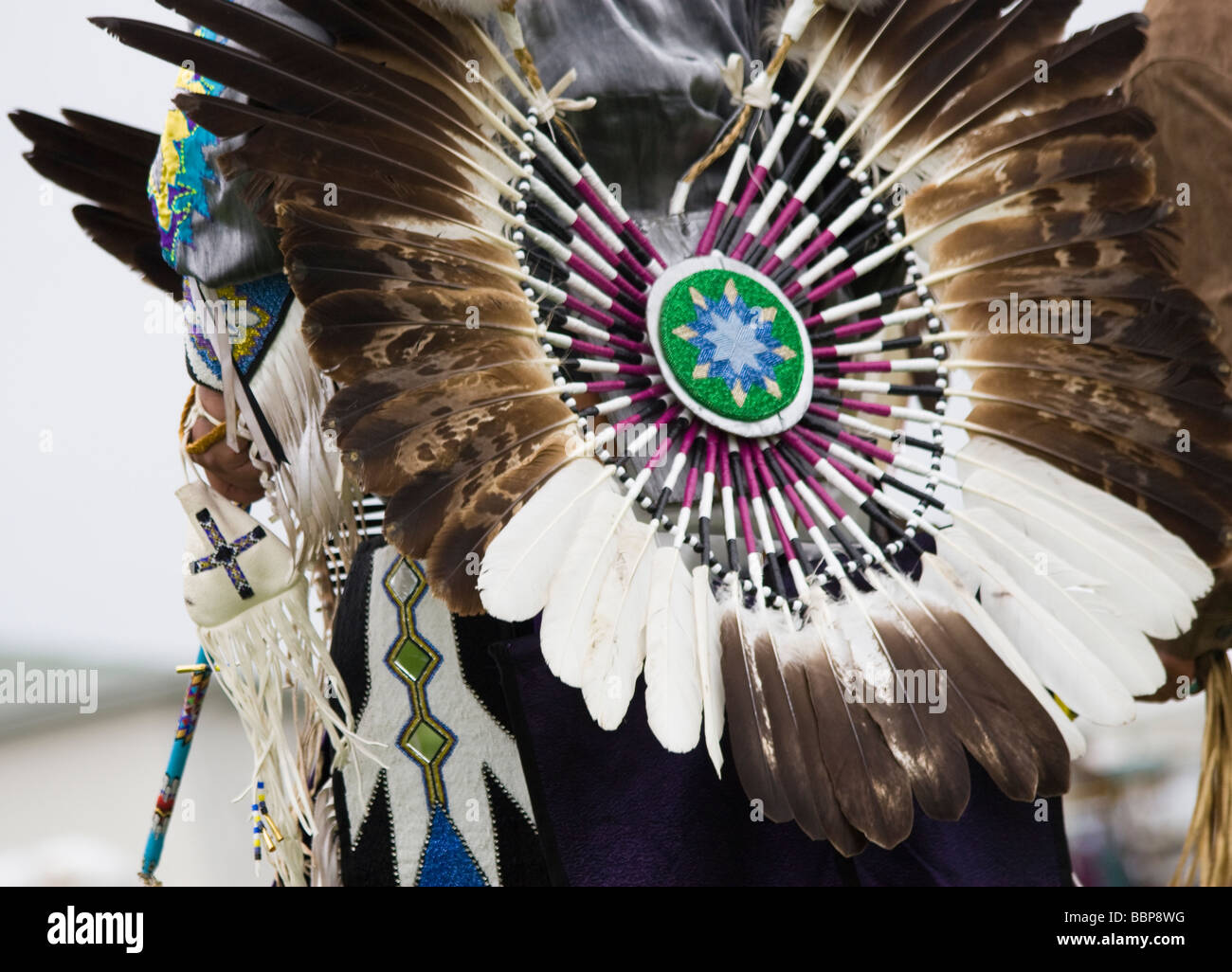
The Sacred Feather and the Law: Navigating Protections for Native American Cultural Heritage
For countless Indigenous nations across North America, the eagle is more than just a bird; it is a sacred messenger, a symbol of strength, wisdom, and a direct link to the Creator. Its feathers, imbued with profound spiritual significance, are indispensable to prayer, ceremony, and the adornment of regalia. Yet, the acquisition and use of these sacred items are not simply matters of tradition; they are entangled in a complex web of federal laws designed for wildlife conservation, creating a unique and often challenging legal landscape for Native Americans. This is the story of the Native American Eagle Feather Law – a crucial, albeit imperfect, framework for protecting both a majestic species and the spiritual freedom of America’s first peoples.
At the heart of this intricate legal discussion lies the Bald and Golden Eagle Protection Act (BGEPA) of 1940, and its broader precursor, the Migratory Bird Treaty Act (MBTA) of 1918. These acts were born out of a critical need to conserve bird populations decimated by market hunting and habitat loss. They strictly prohibit the possession, sale, purchase, barter, transport, import, or export of bald and golden eagles, their parts, nests, or eggs, without a permit. Violations carry severe penalties, including hefty fines and imprisonment. While undeniably effective in bringing eagle populations back from the brink of extinction, these conservation laws, in their original form, inadvertently criminalized the age-old spiritual practices of Native Americans.
For Indigenous communities, eagle feathers are not mere decorative objects; they are sacred instruments. Each feather tells a story, embodies a prayer, or represents an honor. They are used in naming ceremonies, healing rituals, sun dances, sweat lodge ceremonies, and are woven into traditional regalia for powwows and spiritual gatherings. To deny access to these feathers is, for many, to impede their ability to practice their religion and maintain their cultural identity. This inherent conflict between conservation and religious freedom became a flashpoint, leading to decades of advocacy and legal battles.
Recognizing the profound impact of BGEPA on Native American religious practices, the U.S. government began to carve out specific exemptions. In 1962, Congress amended BGEPA to allow the Secretary of the Interior to authorize the taking, possession, and transportation of bald and golden eagles and their parts for "the religious purposes of Indian tribes." This amendment, and subsequent regulatory frameworks, established the permit system that exists today, primarily managed by the U.S. Fish and Wildlife Service (USFWS) through the National Eagle Repository in Commerce City, Colorado.
The National Eagle Repository serves as the central clearinghouse for eagle parts collected by federal agencies – predominantly eagles that have died naturally, been killed accidentally, or confiscated in law enforcement actions. Federally recognized Native American tribal members can apply to the Repository for permits to receive eagle feathers and parts for religious and cultural purposes. The application process requires proof of tribal enrollment and a clear articulation of the spiritual need for the feathers. Once approved, applicants are placed on a waiting list, and feathers are distributed on a first-come, first-served basis as they become available.

While the Repository represents a significant step towards accommodating Native American religious freedom, the system is far from perfect. One of the most pressing challenges is the sheer volume of demand compared to the limited supply of available feathers. Waiting times for specific eagle parts can stretch for years, sometimes over a decade, leaving elders unable to perform crucial ceremonies or younger generations unable to complete their regalia in a timely manner. This backlog creates immense frustration and spiritual hardship for those who rely on these sacred items. "The waiting list is a spiritual burden," explains Shannon O’Loughlin, CEO of the Association on American Indian Affairs. "It forces our people to wait to pray, to wait to heal, to wait to honor our ancestors."
Another significant hurdle involves the definition of "Indian" for the purposes of the law. BGEPA’s exemption is typically interpreted to apply only to members of federally recognized tribes. This excludes countless individuals who identify as Native American but whose tribes are not federally recognized, or who have mixed ancestry and may not meet specific tribal enrollment criteria. These individuals, despite their deeply held cultural and spiritual connections to eagle feathers, are left without legal avenues to acquire them, facing the same criminal penalties as non-Native individuals if found in possession of eagle parts. This creates a painful dichotomy, effectively denying religious freedom to a segment of the Indigenous population based on a federal classification system.
The complexities extend to issues of provenance and authenticity. The black market for eagle feathers and parts remains a persistent problem, fueled by the legitimate demand and the lengthy legal waiting lists. Individuals seeking to bypass the official channels sometimes resort to illegal acquisition, leading to continued poaching and illicit trade. Law enforcement efforts, while necessary for conservation, can inadvertently ensnare Native Americans who, out of desperation or ignorance of the specific nuances of the law, acquire feathers outside the legal framework. This underscores the need for greater education and potentially more flexible, yet secure, distribution mechanisms.
Legal challenges to the eagle feather law have repeatedly tested the boundaries of religious freedom. Cases such as United States v. Wilgus (2009) and United States v. Hardman (2012) have seen Native defendants argue that BGEPA, as applied to them, violates their First Amendment rights to freedom of religion and the Religious Freedom Restoration Act (RFRA). While courts have largely upheld the government’s compelling interest in eagle conservation, they have also acknowledged the profound spiritual significance of feathers to Native Americans, often seeking a balance between the two. The ongoing tension highlights the difficulty of reconciling deeply held spiritual beliefs with broad federal conservation mandates.
Beyond BGEPA, other pieces of legislation contribute to the protection of Native American cultural items. The Indian Arts and Crafts Act of 1990 (IACA) combats the proliferation of counterfeit Native American art and craftwork by making it illegal to falsely represent products as "Indian made." While not directly about eagle feathers, IACA aims to protect the cultural and economic integrity of authentic Indigenous creations, many of which incorporate sacred materials. The Native American Graves Protection and Repatriation Act (NAGPRA) of 1990 also plays a role by requiring federal agencies and museums to return certain Native American cultural items—human remains, funerary objects, sacred objects, and objects of cultural patrimony—to lineal descendants and culturally affiliated Indian tribes. While NAGPRA primarily addresses historical collections, its spirit aligns with the broader goal of recognizing and protecting Indigenous cultural heritage.
Looking forward, potential solutions to the current challenges include expanding the capacity of the National Eagle Repository, exploring alternative sources of feathers such as those from captive-bred eagles (though this presents its own ethical and spiritual considerations for many tribes), and streamlining the permit application process. There’s also a pressing need for legislative reform that would broaden the definition of eligible individuals, perhaps by allowing state-recognized tribes or individuals with documented ancestral ties to apply for permits. Increased funding for the USFWS to manage the Repository and enforce anti-poaching laws is also crucial.
Ultimately, the Native American Eagle Feather Law represents an ongoing negotiation between two vital principles: the preservation of a magnificent species and the protection of Indigenous spiritual freedom. For Native Americans, the eagle feather is not merely a piece of wildlife; it is a living prayer, a conduit to the divine, and an irreplaceable part of their identity. The legal framework surrounding its acquisition and use, while a testament to decades of advocacy, still carries the weight of historical injustices and current practical limitations. Ensuring that these sacred items are accessible to all who legitimately need them, while simultaneously safeguarding eagle populations, remains a complex but essential endeavor for a nation committed to both environmental stewardship and the rights of its Indigenous peoples. The struggle for the feather is, at its core, a struggle for sovereignty, identity, and the enduring right to pray in one’s own way.
